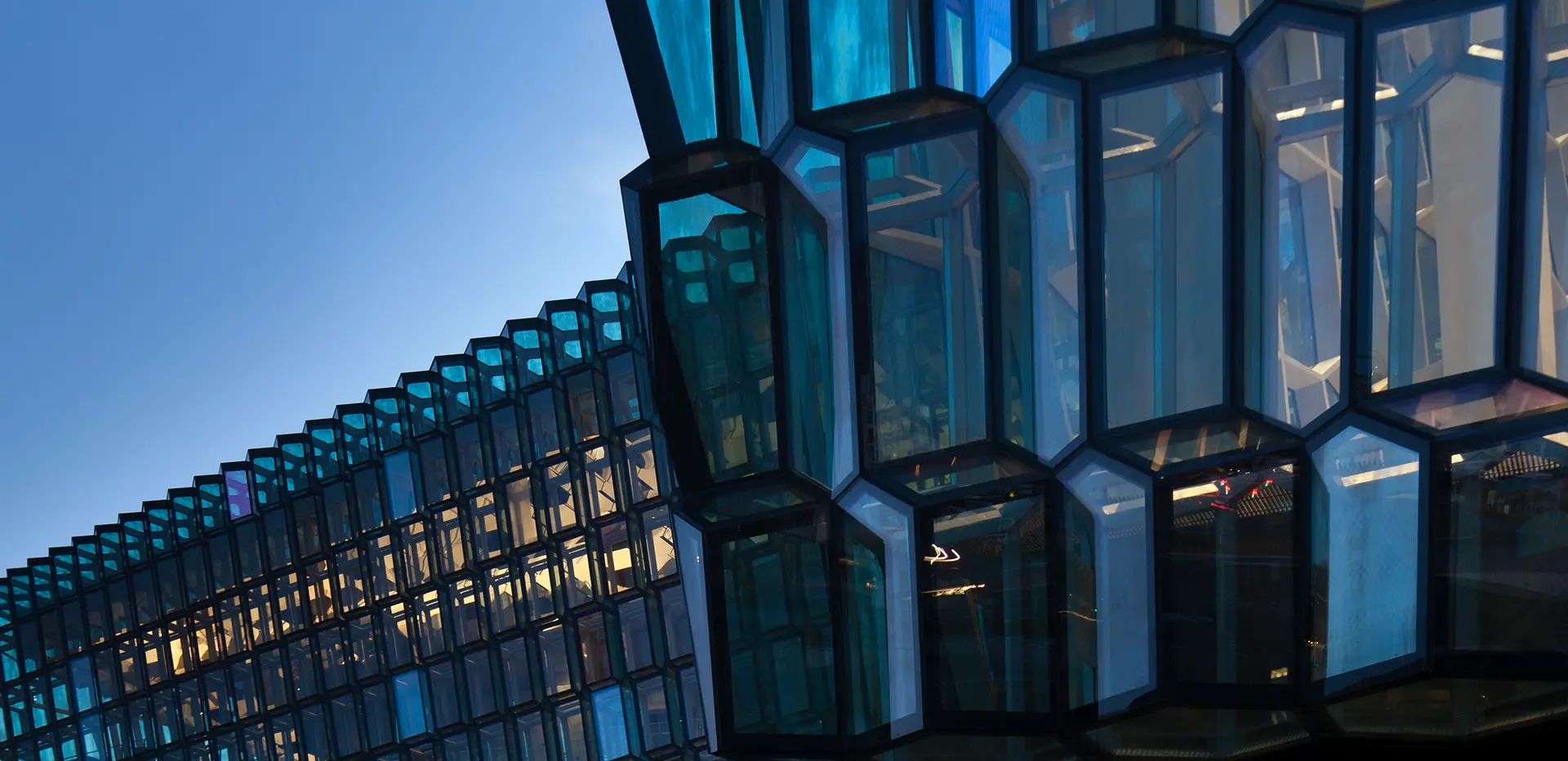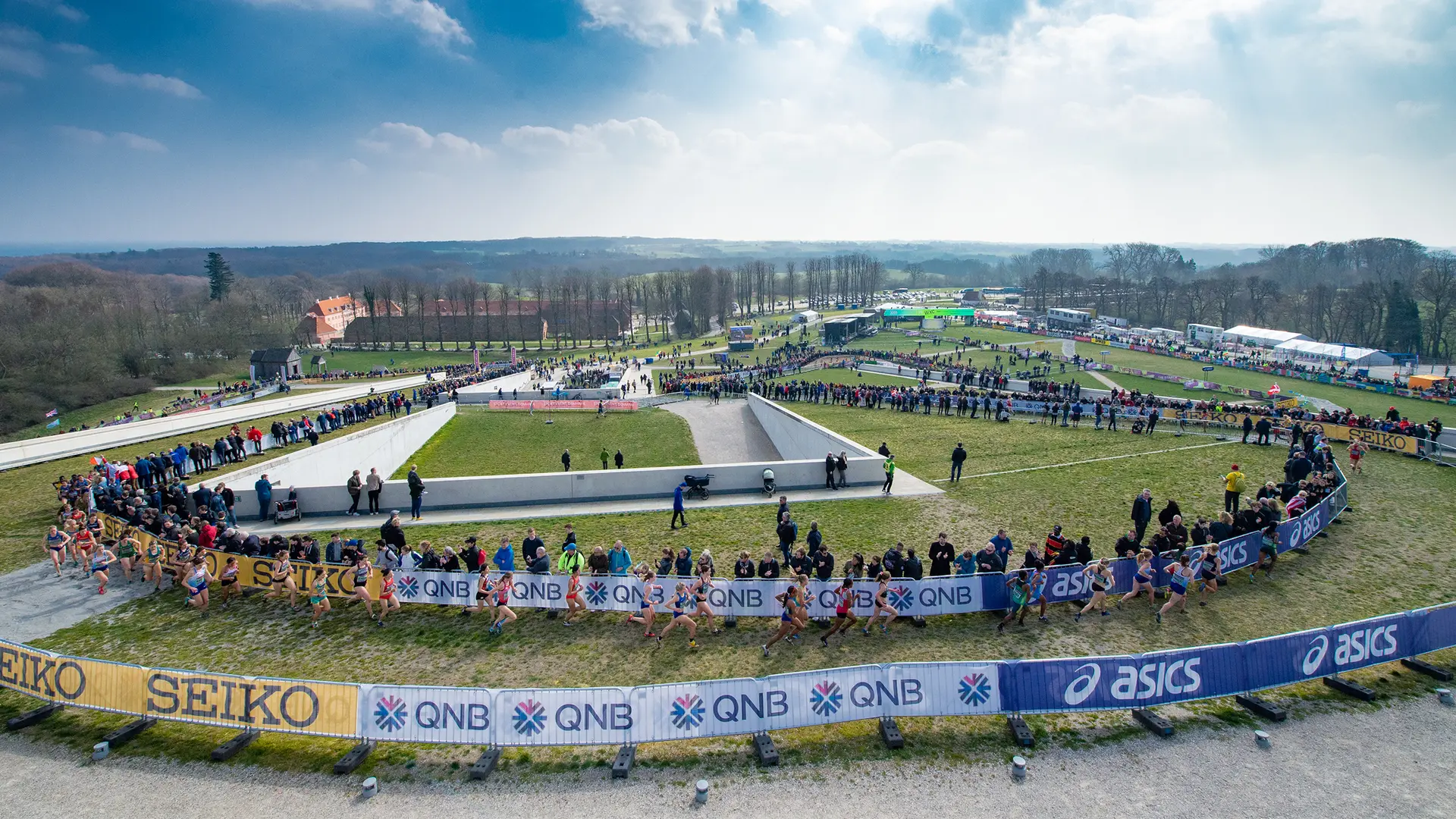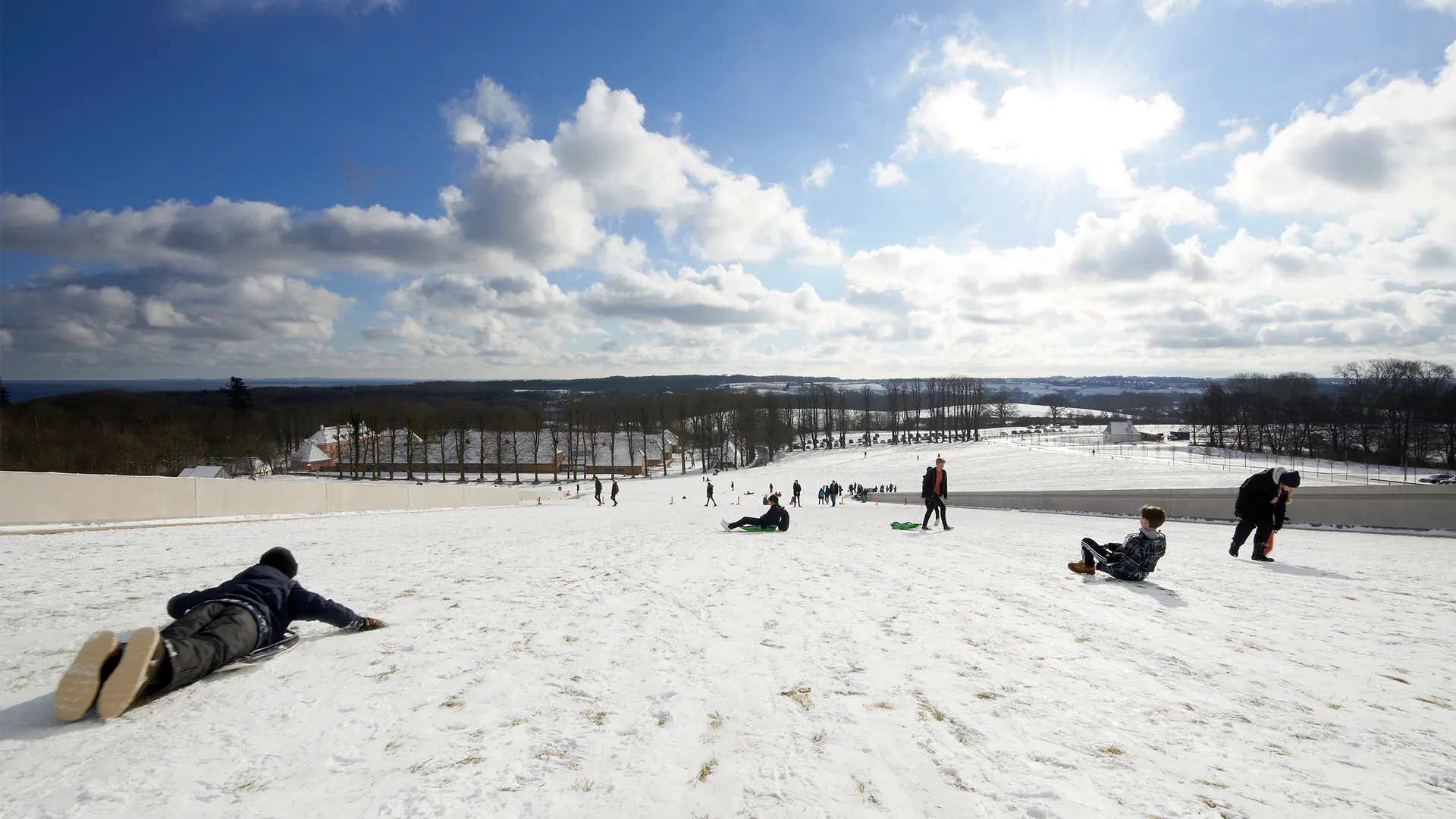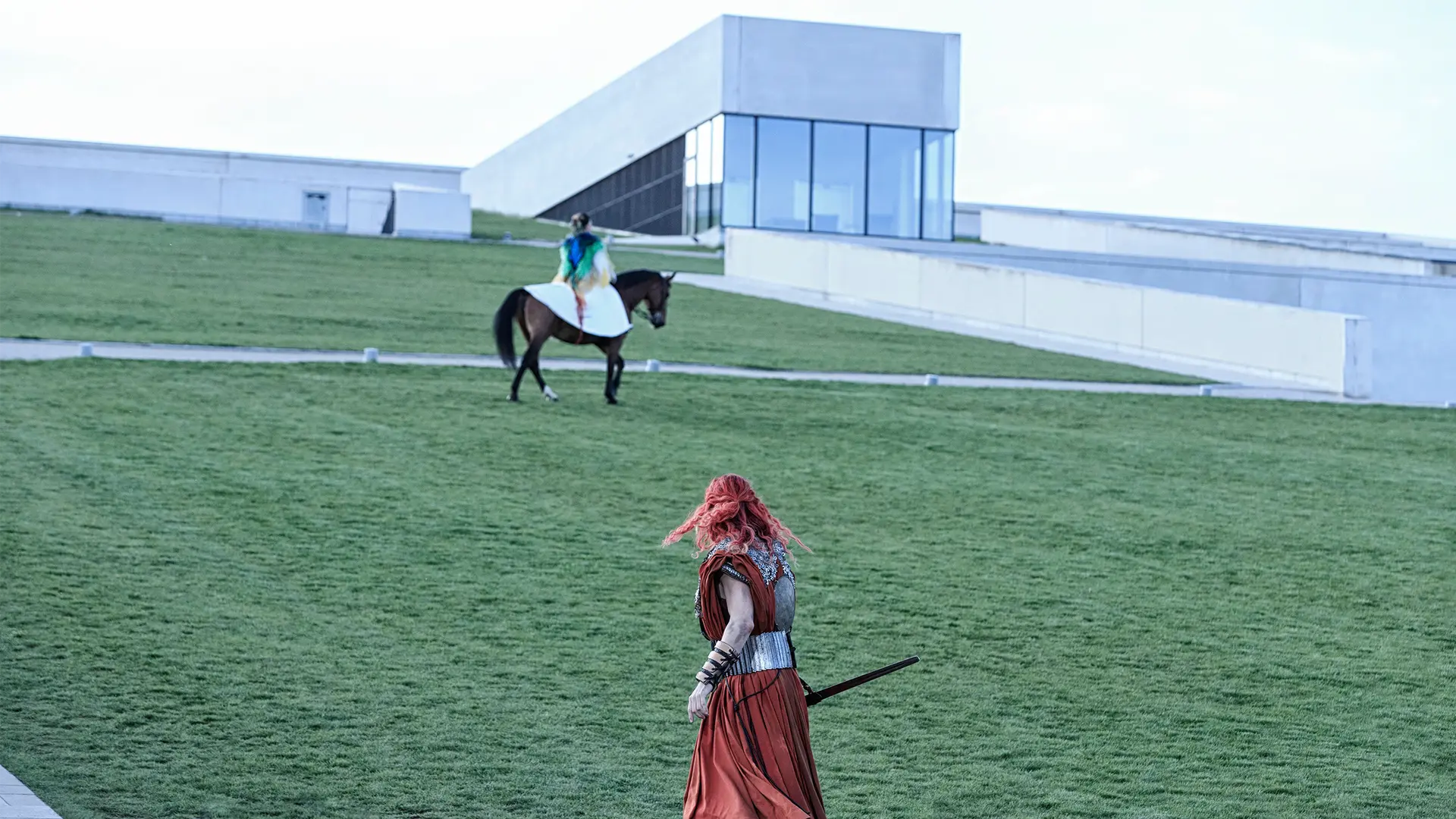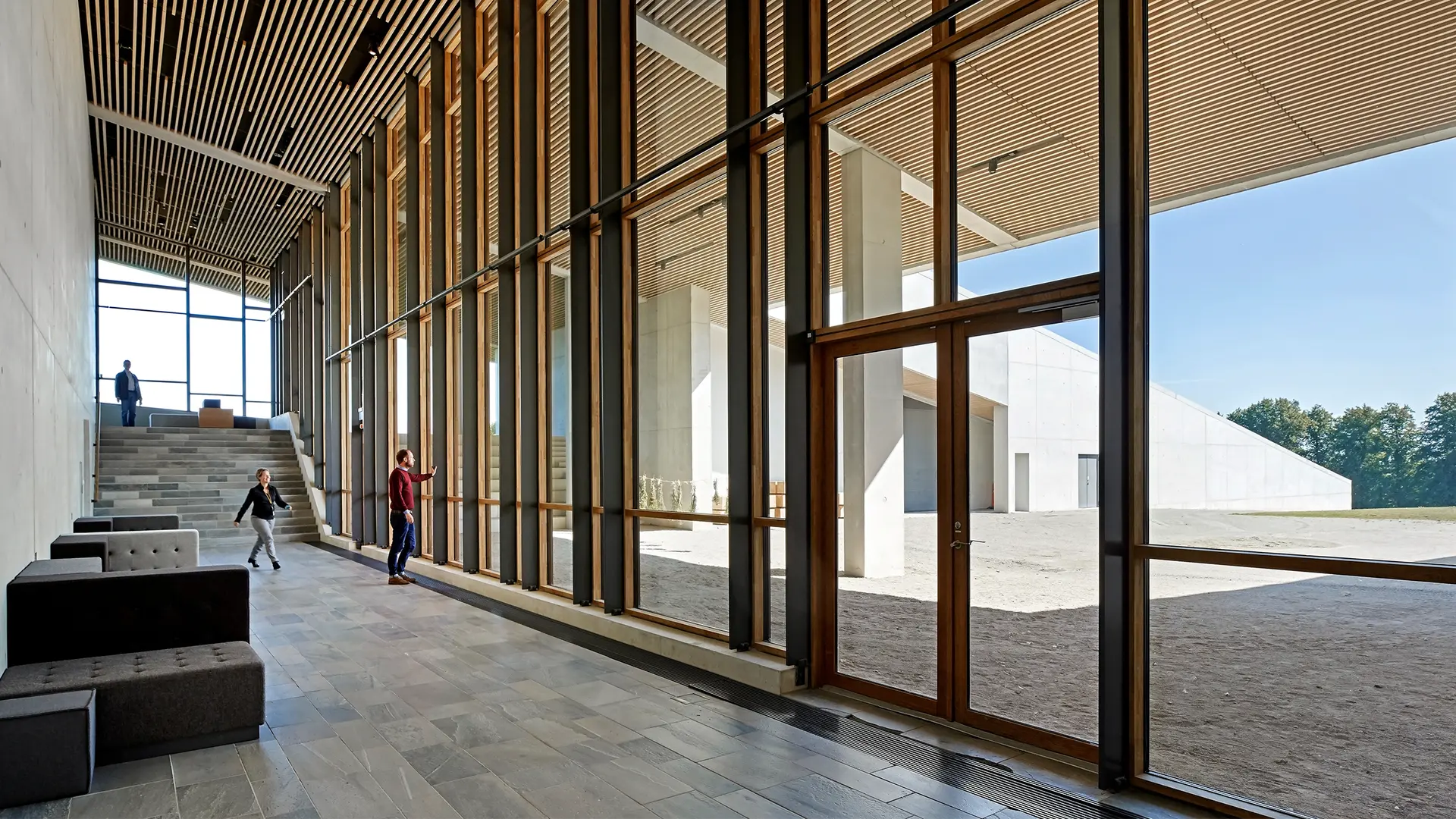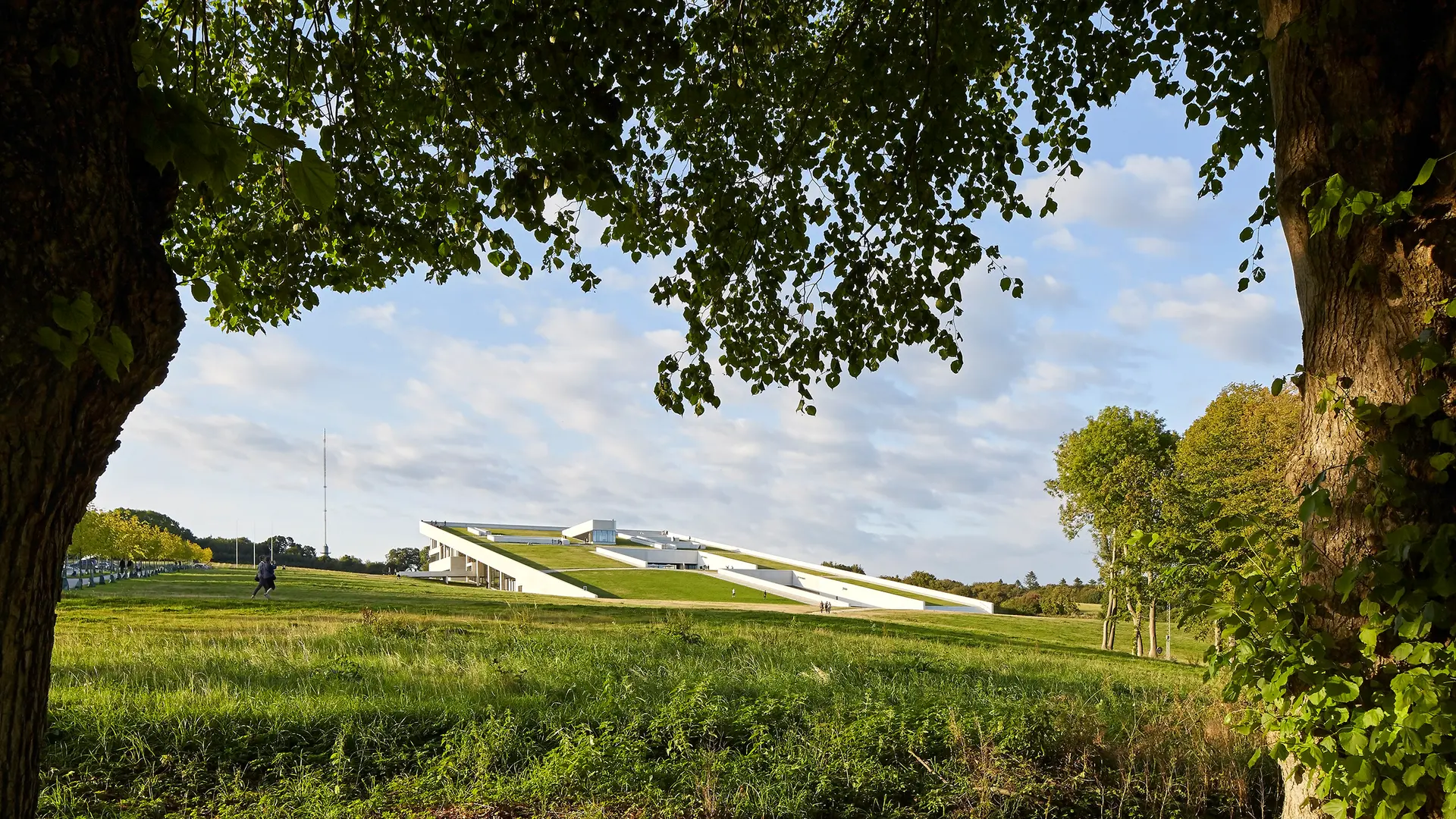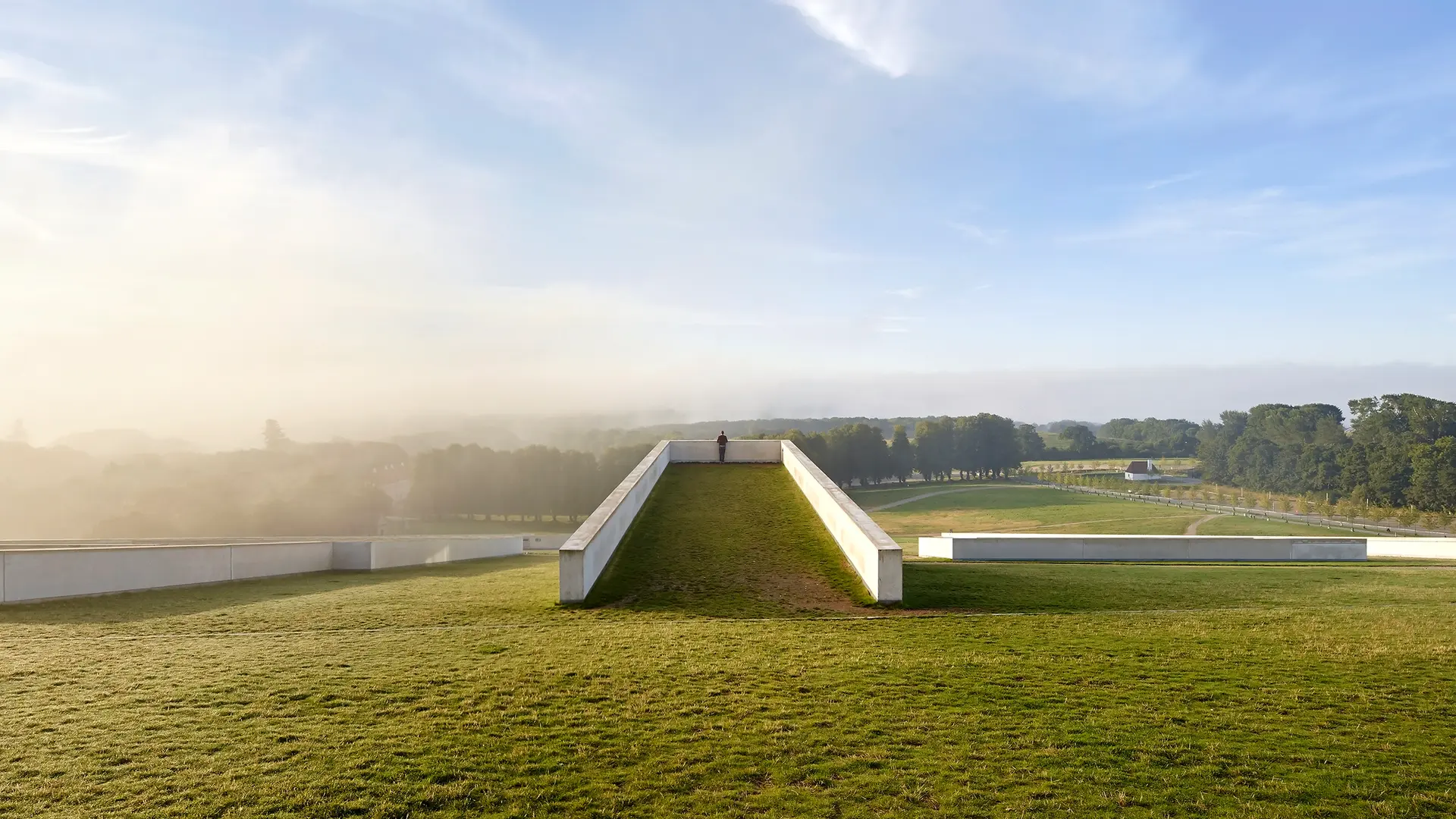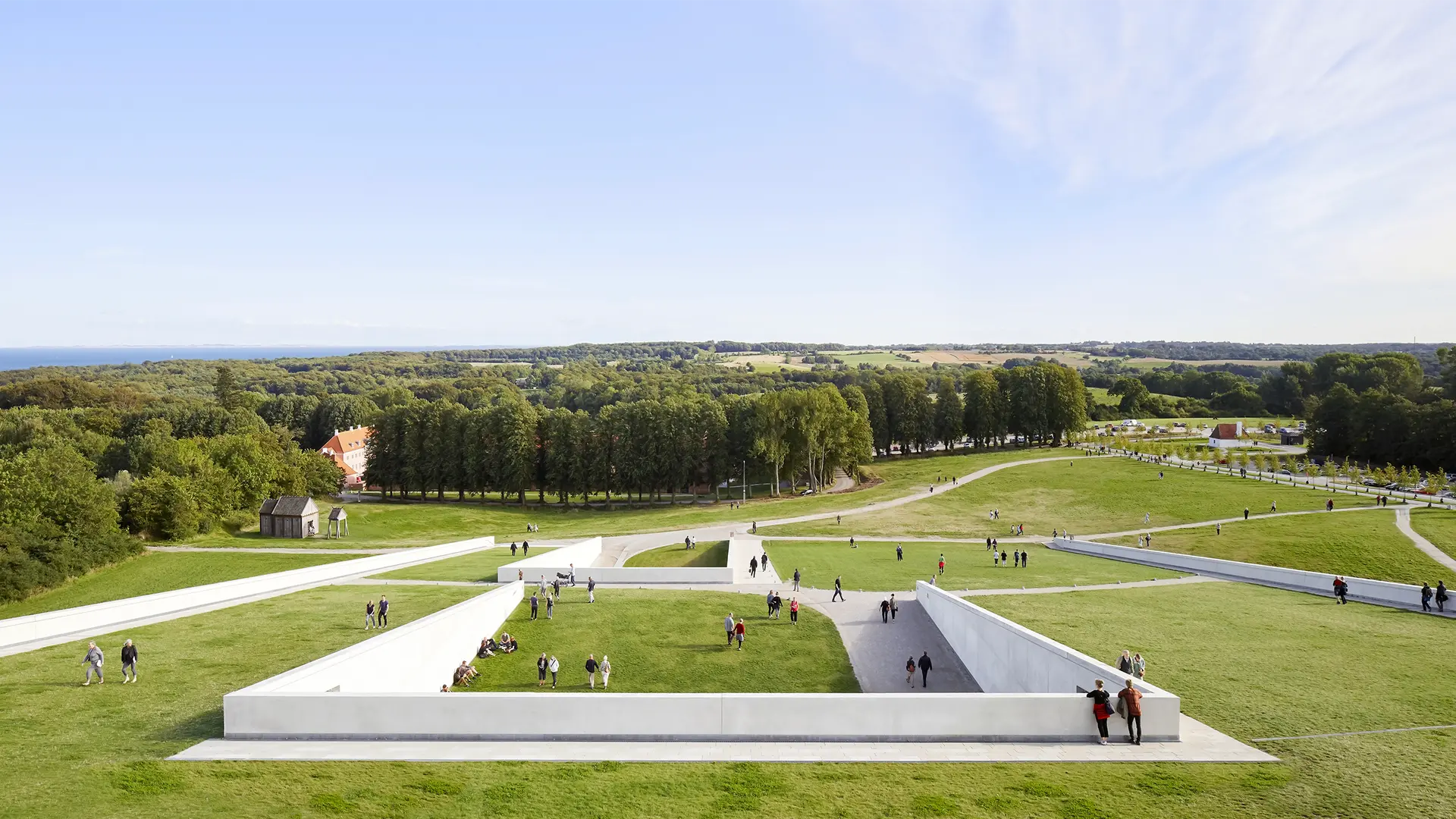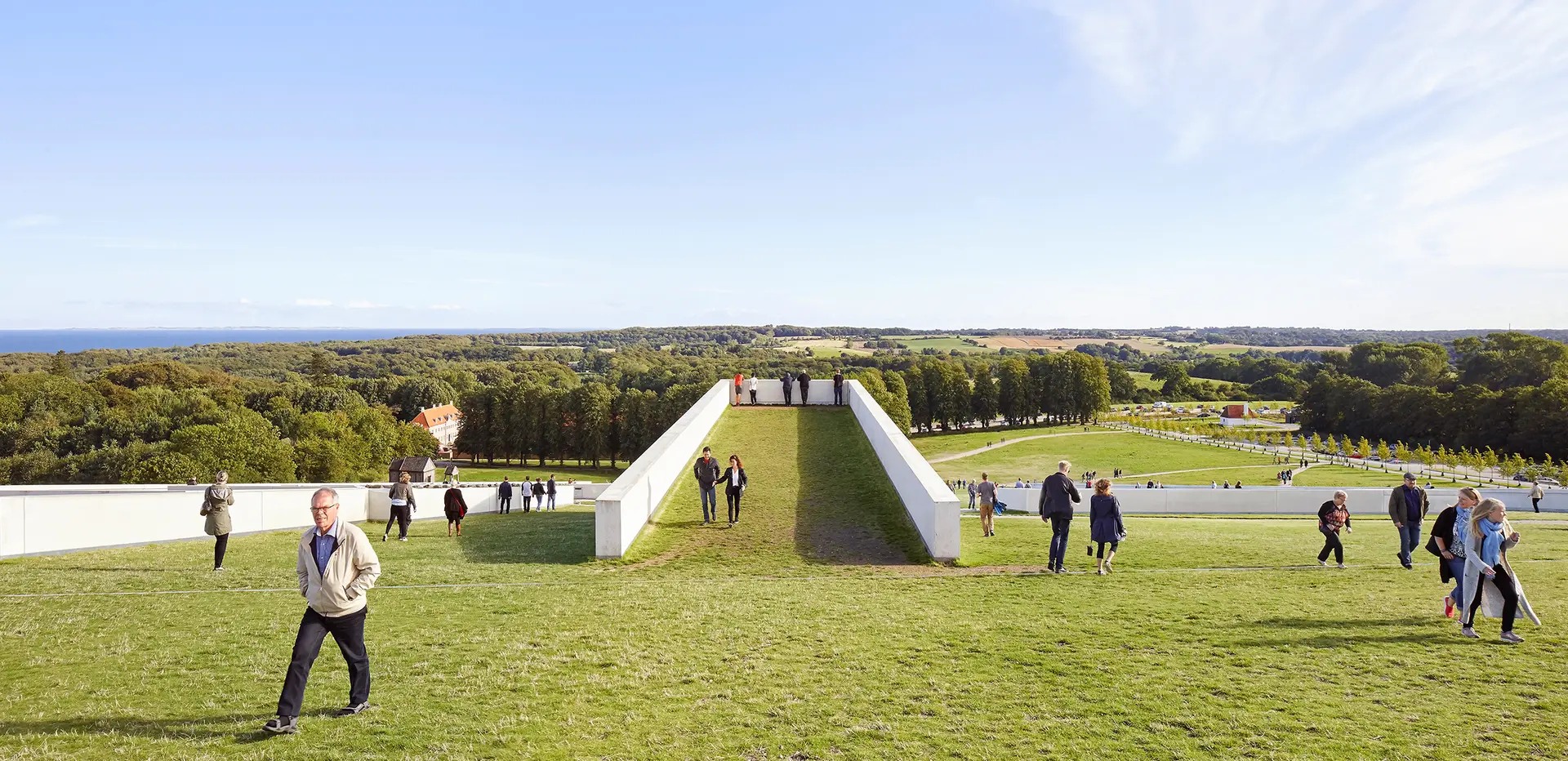
Moesgaard Museum
Nestled into the rolling landscape of southern Aarhus, and displaying world-class exhibitions that dive into human history, Moesgaard Museum offers visitors a unique experience combining nature, culture, and history. Now a renowned destination and an open-air stage for community activities, the museum is truly brought to life and embedded with a genuine sense of place by the many people it attracts through the year.
Beyond a mere museum building, our ambition for the 16,000 m² museum was to craft a destination that would not only be a hub for learning and culture but also a vibrant center that resonates with the local community. The aspiration was to forge a connection between people and place, making Moesgaard Museum not just a repository of history but a living, breathing part of the community, a place in continuous dialogue with those who visit and experience it.
Its publicly accessible sloping roof, landscaped with grass and moss, makes the museum a striking icon in its historical setting. Besides offering an exciting viewpoint over its surroundings, amongst the roof’s varied uses are a theater stage, cycling track, and picnic spot. And in winter, after snowfall, it makes for the area’s most popular tobogganing slope! The range of these practices has totally exceeded our expectations, as has the substantial increase in the museum’s popularity, now reaching over half a million visitors per year.

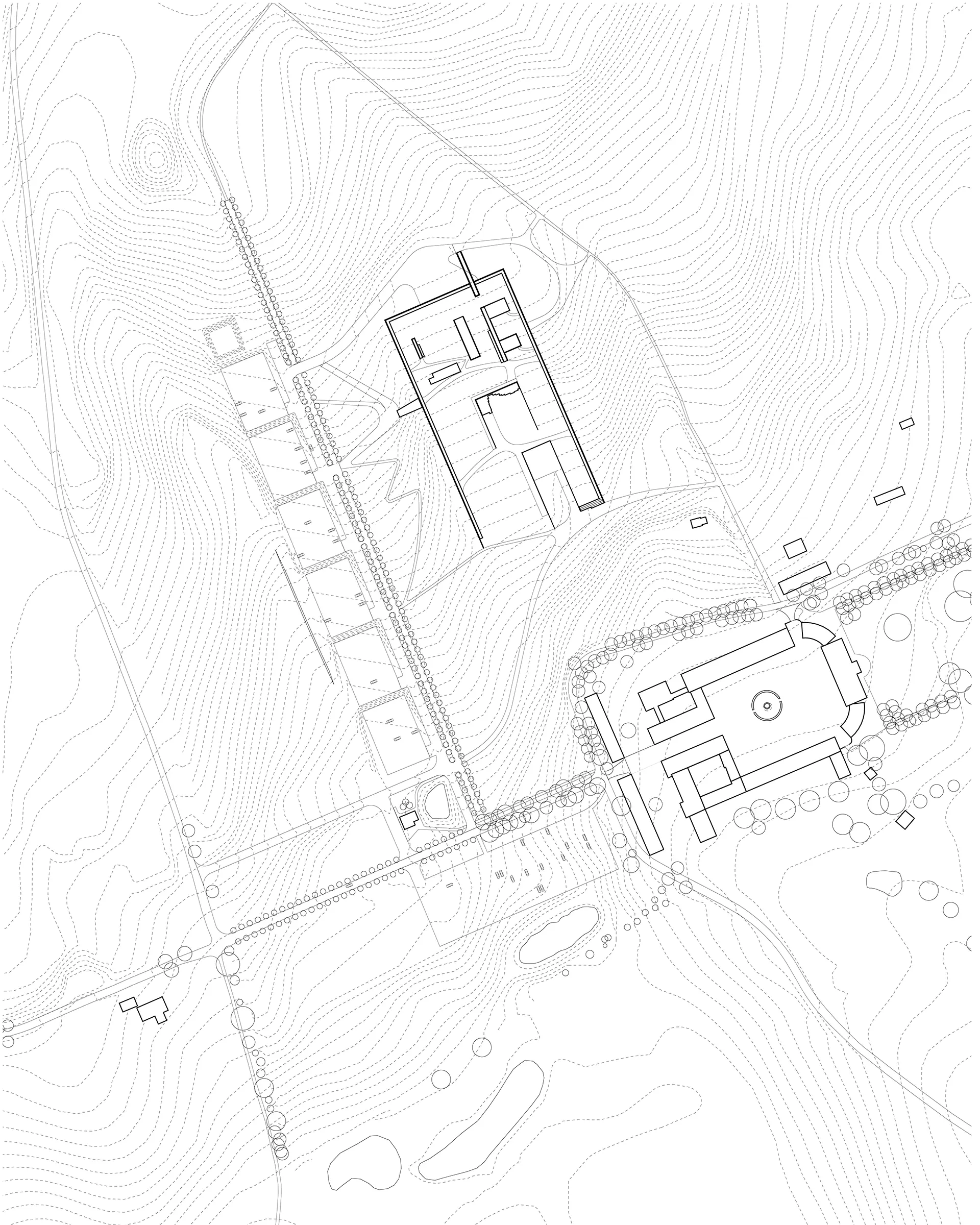
The aspiration was to forge a connection between people and place, making Moesgaard Museum not just a repository of history but a living, breathing part of the community.
01/03
Exhibition halls
The exhibition halls at Moesgaard are designed as terraces that open to unearth layers of history, referencing strata of an archaeological excavation.
In the permanent exhibition under a ceiling height of 12 meters, visitors embark on a captivating journey through time, from the 3.2 million-year-old Lucy to Aarhus of the Viking Age.
The temporary exhibition area is designed as a flexible exhibition space suitable for various conferences, fairs, and events. Securing major international exhibitions for the museum, such as "The First Emperor – China's Terracotta Army" – Moesgaard is the first museum in Denmark with the capacity to present exhibitions of this caliber.
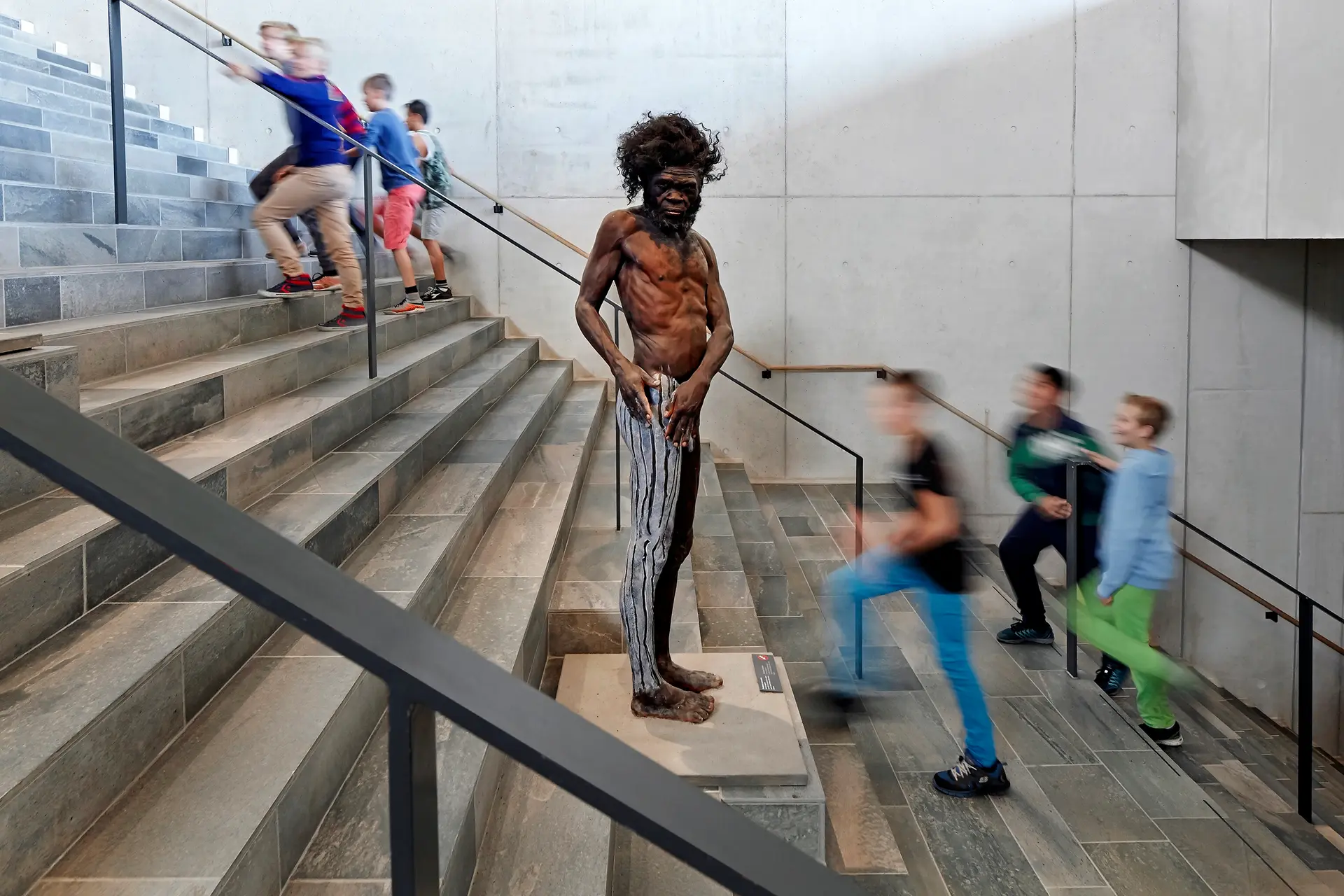
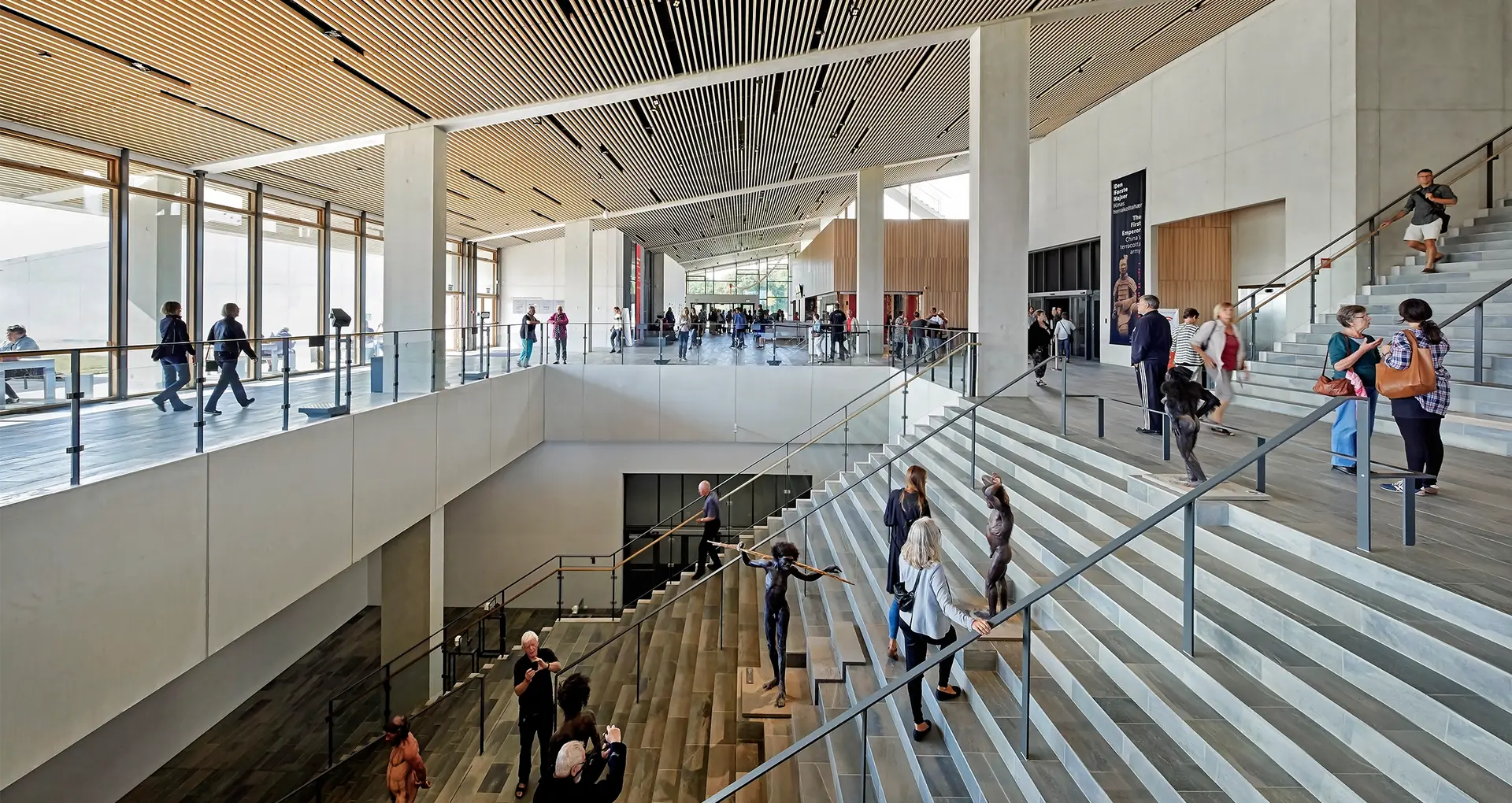
“The architectural expression of the exhibition halls is relatively anonymous. It creates the perfect setting for our changing exhibitions. The architecture of the actual museum, on the other hand, supports the vision of Moesgaard to be more than a museum. It is a destination in itself.”
Jan Skamby Madsen
Former Executive Director of Moesgaard Museum, 2013
Research and education
Moesgaard Museum operates as an autonomous institution dedicated to research and knowledge dissemination spanning archaeology, anthropology, conservation, and natural sciences. In a close collaborative relationship with Aarhus University, the museum also serves as the workplace for over 300 professionals from both the museum and the university.
Educational activities and university-related functions are conducted across the grounds, both at the adjacent Moesgaard Manor and at the exhibition building. With the museum’s auditorium and meeting rooms serving as spaces for lectures and seminars, the building fosters a collaborative and enriching educational atmosphere.


Interior design and wayfinding
Interior design, tailored signage, and wayfinding elements serve as a narrative extension of the museum’s focus on Denmark’s human past. An earth-tone palette emphasizing wooden accents and natural stone nods to the experience of an archaeological dig. Custom furniture designed for the museum café, gift shop, and reception area makes use of tanned leather, wool upholstery, and natural oak – a modern reimaging of ancient crafting materials. These details enrich the museum’s anthropological narrative, helping visitors immerse themselves in the Denmark of centuries past.

01/03



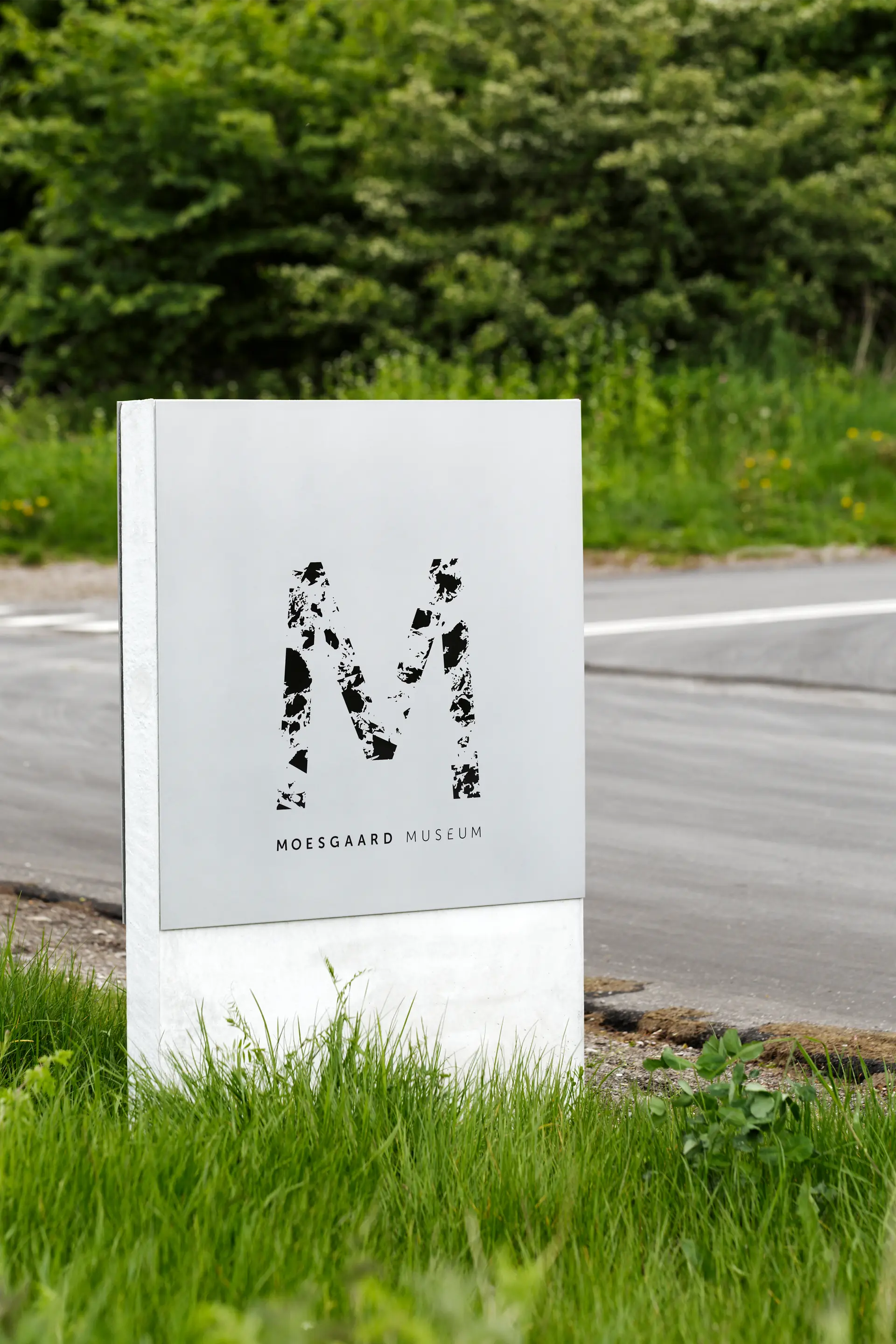
Time for concrete change
While today it might be clear that the construction industry’s use of concrete demands review, just a short time ago things were perceived rather differently.
Moesgaard Museum is constructed almost entirely out of concrete, 9,500 cubic meters of it, to be exact. Estimated at 300 kg of CO₂e per cubic meter, Moesgaard Museum reaches an astounding footprint of 2,850 tonnes of CO₂e. While this is a design of which we are proud for its architectural gesture and contribution to social life, we also know that this is a design of the past. Moesgaard boasts material choices that we simply would not make today.
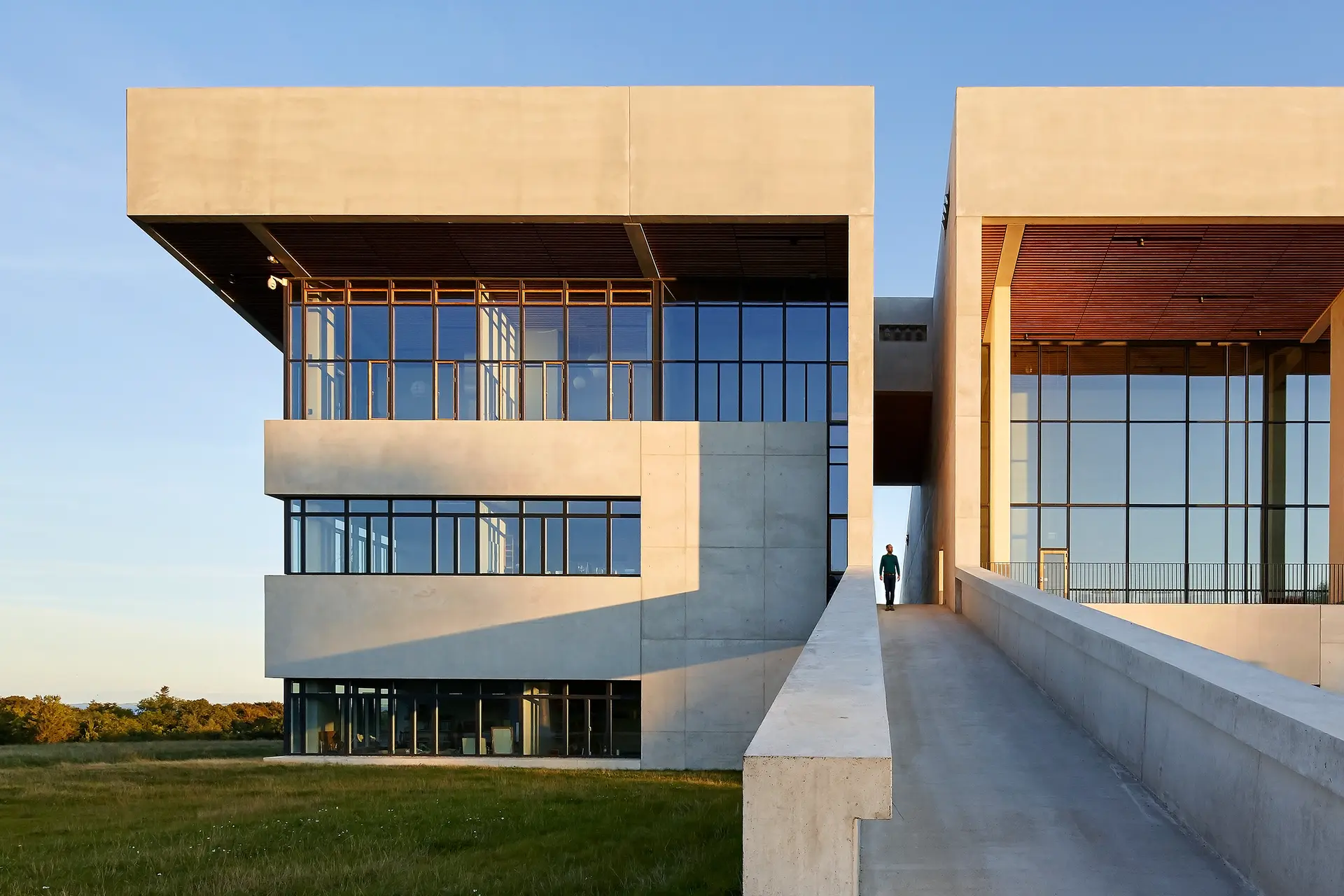
01/03
Contact
All contacts
Senior Project Manager, Architect MAA
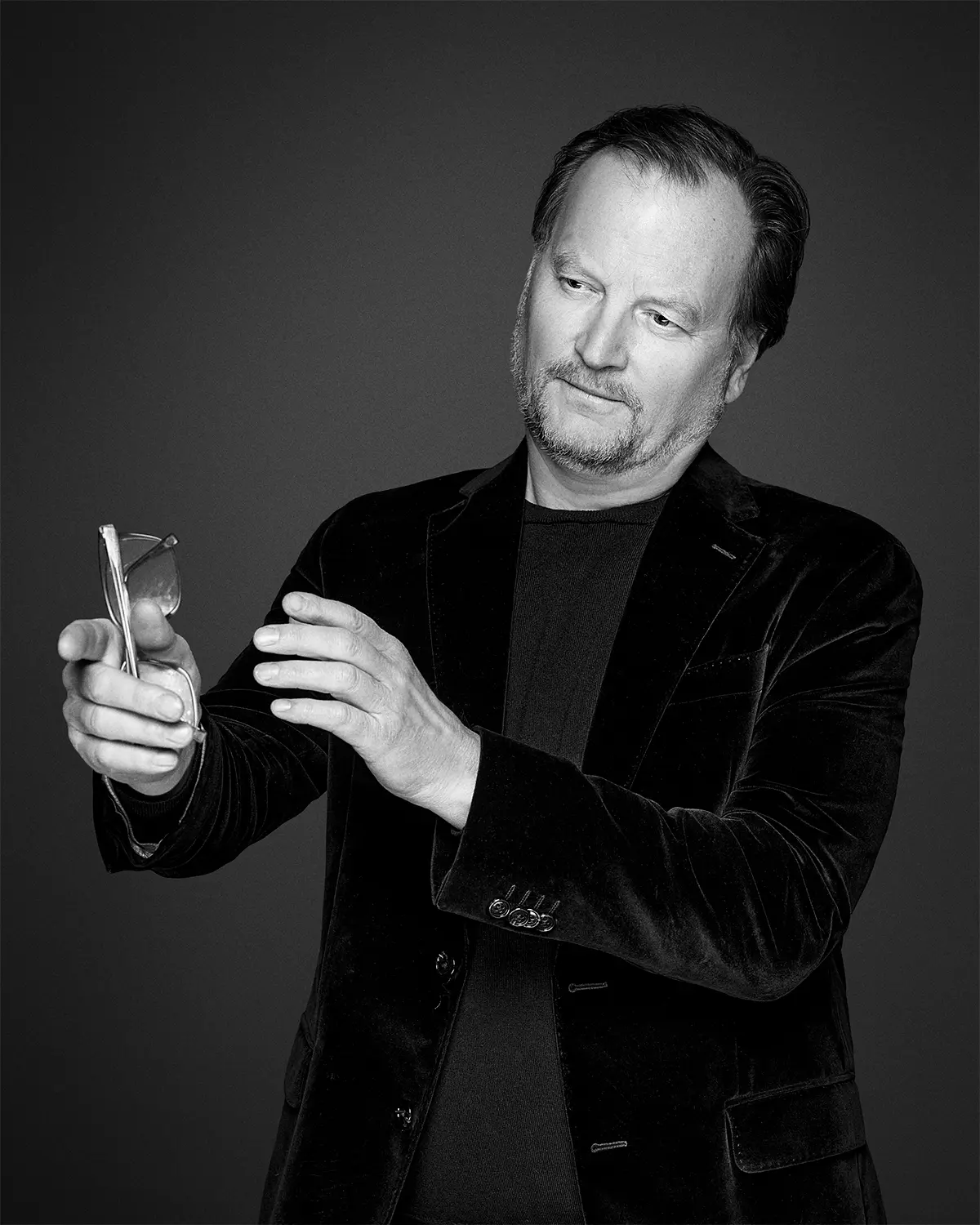
Louis Becker
Global Design Principal, Professor (Adj.)
Harpa
Explore project